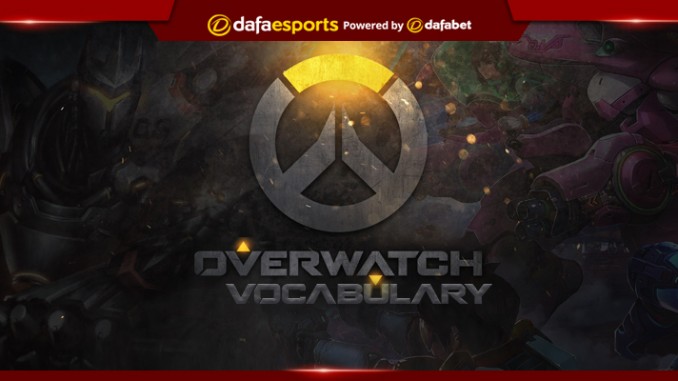
Overwatch, the team-based 6v6 multiplayer first-person shooter, was released by Blizzard in May 2016. Since then it has been a mainstay of the eSports world, competing with the likes of League of Legends and Counter Strike: Global Offensive in terms of popularity.
This article takes a look at the basic vocabulary of Overwatch, with information pertaining to roles, maps, team fights and other useful stuff.
Primary Terms
Heroes: Overwatch currently features 24 different characters, known as Heroes. These are split into one of four different roles; Tank, Offense, Support and Defense.
Tank: A role primarily focused on taking damage and creating a frontline that the enemy cannot easily break through. Tanks usually have a shield or healing ability to keep them sustained for a small amount of time if a Healer is not present. Tanks are essentially required on every map as they give the rest of the team room to operate.
Offense Heroes: Also known as Damage Per Second (DPS), their objective is to deal damage and kill the enemy team. The goal can be either to kill the frontline (Tanks) or backline (Healers/Supports) depending on the hero selected. Offense Heroes tend to have high mobility.
Healer: A sub-set of the Support role, the primary focus of the Healer is, not surprisingly, to heal those who have been injured on the team. Positioning is key for a Healer as when you die, the amount of sustain that your team has [the ability of a Hero to survive on their own] will plummet.
Support: Four of the five Supports are Healers (Symmetra being the exception), but the Support role maintains the understanding that the player plays safe and assists their team. Most teams will look to have 2+ Supports as they greatly aid the other roles.
Defense Heroes: Heroes primarily used on the defensive side of maps, known for their ability to control a certain portion of territory (whether that be through creating walls, placing down a minefield, etc.). Defensive heroes have elements of every other role too though as they also look to create a frontline and deal damage, while also supporting the team as a whole.
Map Descriptions
Maps: There are four different map types in Overwatch; Assault, Escort, Hybrid and Control. The attacking team must capture target points in Assault, while on Escort maps a payload must be moved to a delivery point. Hybrid is a combination of Assault and Escort while Control involves the capturing and maintaining of a central location.
Payload: A moveable object that forms the basis for a variety of maps. The offensive team works to move the payload as far as possible, while the defensive team looks to stop them. After time runs out, or when the offensive team reaches the finish line, the teams switch sides and attempt to better the opposition’s performance.
King of the Hill: An informal name for a Control map where the objective is to hold a central point for 100 seconds.
Individual Phrases and Tactics
Ultimate: An ability with great power that takes time to charge up. An ultimate is the major tool that defines a character.
Pick: Killing an enemy without losing a teammate in the exchange. At times teams will search out and wait for a pick as it gives them a 6 v 5 situation, which is an incredible advantage. A Pick usually does not involve using an ultimate as such deployment has more value, and is better suited, for team fights with multiple enemies or allies.
Team fight: An engagement between the teams, usually involving 4-6 members of each side. Team fights tend to occur when ultimates are available as teams will largely be passive until they believe they have the advantage.
Skirmish: A fight between 2-4 members of each team.
Flank/flanking: Movement completely away from the fights, usually behind the back line or to the sides away from the rest of the team. Heroes such as Tracer and Genji excel at flanking, in which the goal is to disrupt the enemy’s backline and not allow them to focus on healing or dealing damage.
Stall: To prevent the team from advancing to the goal, whether that be a point on the map, an objective or moving the payload. Stalling is best implemented by Defensive and/or Tank Heroes as they have the tools to drag out a fight. This is primarily a tactic initiated by the defense while waiting for other members of the team to spawn.
Spawn Timers: The amount of time between someone’s death and their next spawn. This is incredibly influential as the time it takes to spawn on top of the time it takes to run back to the objective leaves a large opening for the enemy team to exploit.










